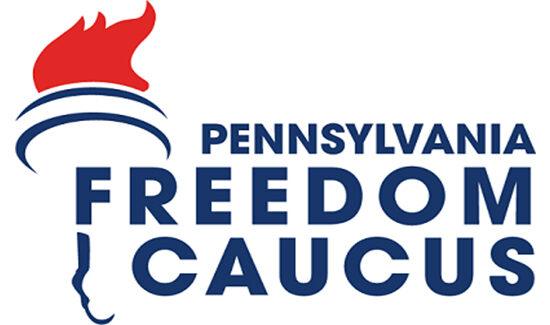It’s a more thorny issue than it appears. Since county commissioners may install drop boxes across their counties, there is an element of partisan gamesmanship. I live in Chester County in Philadelphia’s western suburbs — which had been “red” until the Obama years and is now “navy blue,” like much of suburbia along the East Coast. Chester had 13 drop boxes. But our western neighbor, Republican-run Lancaster County, offered only two boxes, even though it has more voters. The same for our northern Republican neighbor, Berks County, even though it’s geographically larger. By contrast, Philadelphia had 38 locations. Perhaps Republican-run counties in Pennsylvania should think about where they might add drop off boxes to help with their GOTV?
Another reason for resistance to a comprehensive mail-in effort: some refuse to believe that it will increase turnout. As one party leader said to me: “If I have $100, and $90 is in my left pocket and $10 in my right, how am I better off if I change it around so that $70 is in my left and $30 is in my right?”
However, even if a mail-in campaign is only marginally helpful at increasing voter turnout, it can still make a difference. In Pennsylvania, Republicans are one seat short of retaking the state House, lost the last presidential election by 1.17 percent and won two statewide offices by less than 1 percent. Every few thousand votes matters.
Additionally, too many party leaders and activists miss the point of how campaigns are managed and budgeted. Assuming it will take 3.5 million votes to win in 2024, if Republicans could “bank” 900,000 votes by mid-October (versus 596,000 total in 2020), whatever the budget for voter contact and GOTV is, the GOP would suddenly have a financial and time windfall — with less voters remaining for GOTV.
There are likely a few key pieces to Republican success in Pennsylvania: improving messaging on abortion; building coalitions with Hispanic and other cultural communities; forging ties with the building trades, especially connected to our natural gas industry; and raising enough money to keep pace with the Democrats.
But if Pennsylvania Republicans can take their historical experience in executing an absentee ballot program and update it with modern platforms and learn from the recent campaigns in Virginia, they should be able to move the needle.
What Pennsylvania Republicans need to understand — or anyone trying to win the White House or capturing a majority in the Senate or House — is that running an effective mail-in program is an essential GOTV tactic.
The Democrats are mastering it. The GOP isn’t even trying. And the results are obvious.





